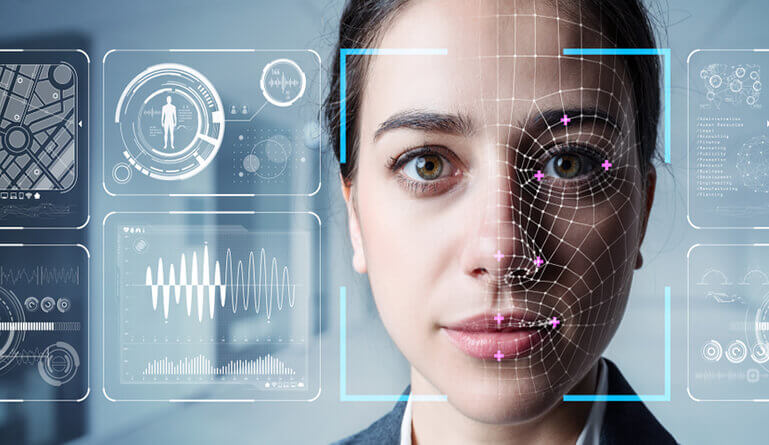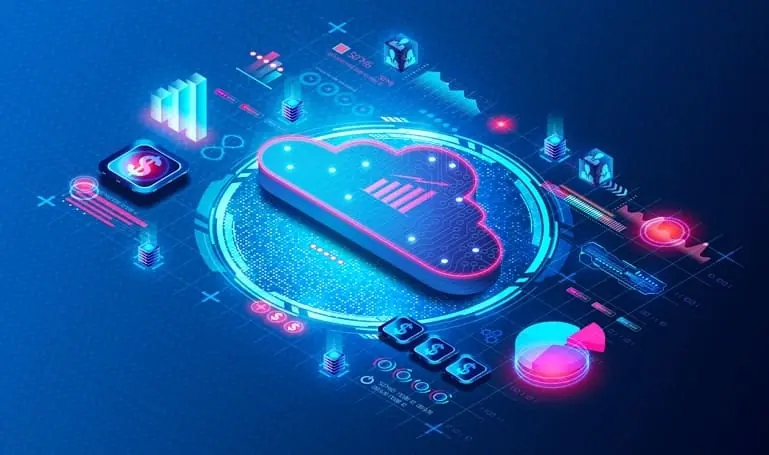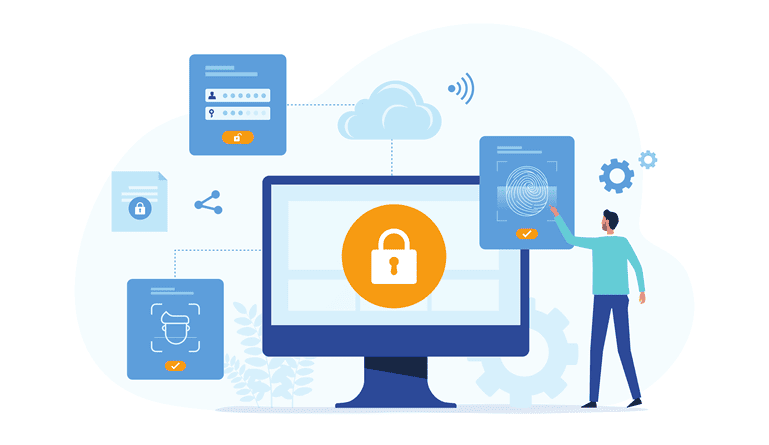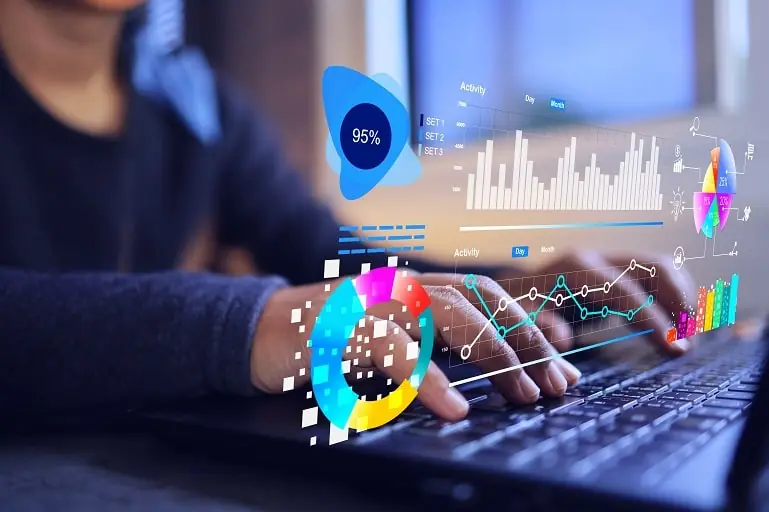Guest Contribution by Harold Kilpatrick, PR Consultancy
Biometrics is a rapidly growing way for people to access everything from their mobile device to their home. As technology evolves, so do the methods you can use to make your information more secure. Most people will be familiar with the biometric fingerprint feature on most new smartphones. It uses your unique fingerprint to unlock your device without the need for a password. Yet, it is just the tip of the iceberg these days. There are many different forms that this type of authentication can take.
The biggest question in biometrics these days is which type is going to be the most secure. You cannot answer this question with a yes or a no, as there are many different factors to consider. No one form of biometric authentication is going to stand head and shoulders above the rest. What you must understand is the difference between the various options and what their advantages and disadvantages are.
Fingerprint Scanning
Fingerprints have been used as a form of identification for well over 100 years. After all, every single person has a fingerprint that is unique to them. With biometric authentication, this means that you can scan your fingerprint and use it as a type of key to unlock and secure devices. While it is not a perfect technology, its use in smartphones and computers has skyrocketed in recent years.
The most significant issue with fingerprint biometrics is that it is difficult to use in any type of industrial setting. Have you ever had your phone tell you to wipe your scanner or finger and try again? Your hands are most likely quite clean at this point, so imagine a worker who is dirty trying to get this type of authentication quickly. In short, fingerprint scanning is excellent for personal and commercial use but is not the best choice for all sectors.
Types of Biometric Authentication
Facial Scanning
Like your fingerprint, your facial features are unique to you. No two people, not even identical twins, are going to have the exact same facial features. That’s why this type of biometric authentication is more often available these days. It works as a secure way to unlock smartphones and some computers.
The device will scan every point of the face and record it like it would a fingerprint. Then, it analyzes different features of the face, measures it, and comes up with a unique numerical code that represents your face. This code is exclusive to you and, thus, will be the only thing that can unlock the device.
Retina Scan
Militaries, as well as many other industries around the world, have already been using retina scans for many years. Everyone has unique features on their retina that distinguish them from everyone else. A scan can take up to 30 seconds, but once completed, it is a secure way to authenticate the user. It will have a unique numerical code that represents your retina. It is almost impossible to replicate or fool such a system.
Iris Scan
Your eyes are unique to you too. Thus, you can use your iris for biometric authentication. It is a similar process to the retina scan from above. But it has an advantage that some others do not. Your iris is further inside of your body, per se, compared to most other types of authentication. The main selling point here is that your iris is at less risk for physical damage than other areas that you can use for biometric authentication. It means less chance to harm it and have trouble getting the authentication you need for your secured devices.
Voice Recognition
Your voice is another part of you that is one-of-a-kind, but the technology can be a little finicky. It is a great way to keep any type of device secure with biometric authentication, but there is a catch. It is not very difficult to get a recording of someone’s voice. Thus, it is the easiest type of biometric authentication to fool. So keep this in mind before securing your devices with voice recognition.
Biometrics Have Come a Long Way
No one form of biometric authentication is the best overall. But technology has improved a lot in recent years. It is starting to become a part of mainstream society, and it isn’t going to go anywhere anytime soon. There are pros and cons to each form. It is up to the user to decide which is going to be the best one for them. Remember that nothing is ever 100 percent secure. Safety and security are always going to remain in the hands of the end-user.





